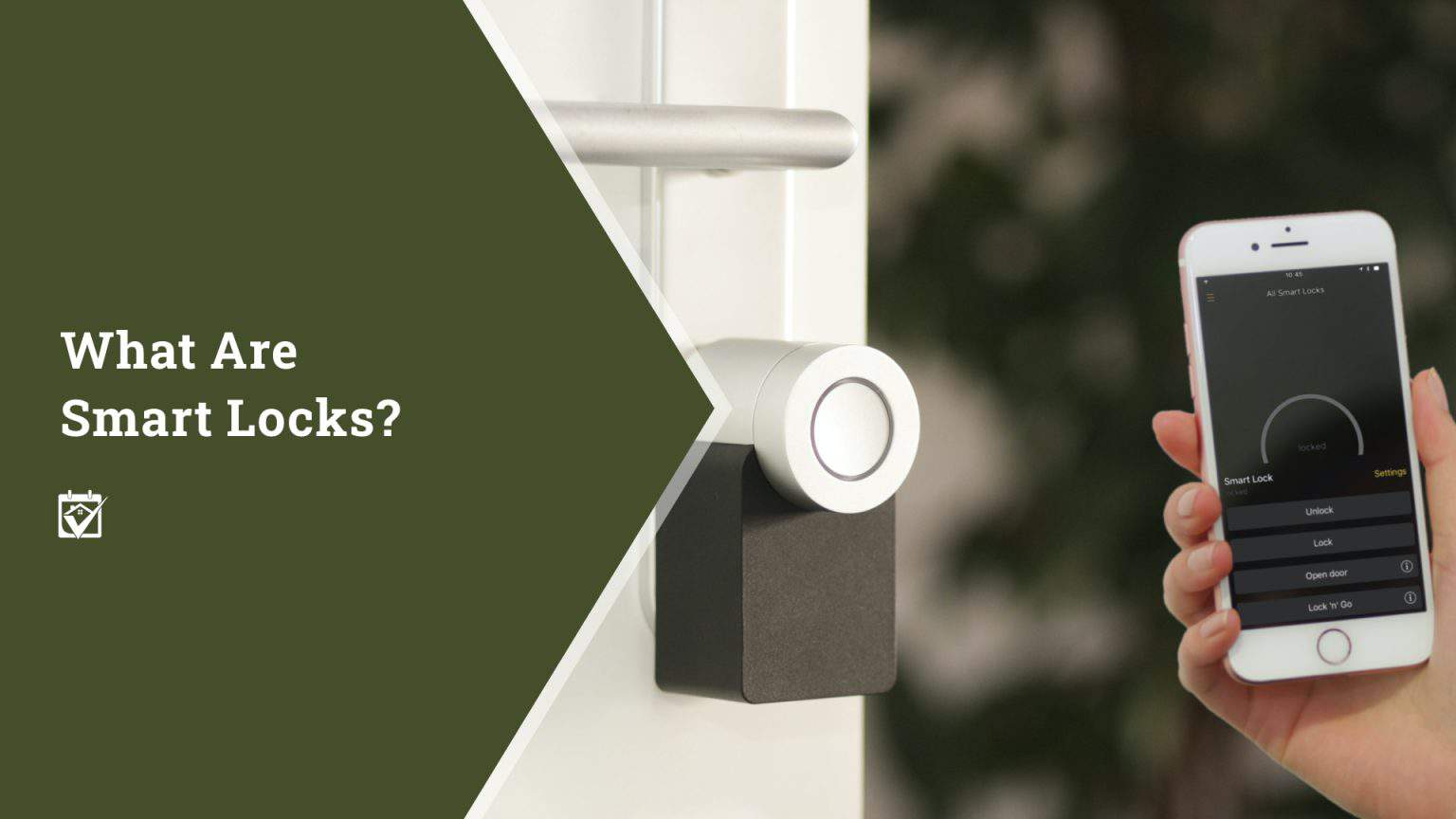Home security is important. As smart technologies continue to grow in popularity, an increasing number of homeowners are turning to higher-tech solutions to meet their home security needs. While options like smart cameras and connected doorbells are becoming much more common, not as many homeowners realize that it’s possible to upgrade their doors with smart locks as well. These locks come in a variety of designs, offering some pretty interesting options to those who want to take their home security to the next level.
What Are Smart Locks?
As the name implies, smart locks are door locks that have “smart” connected functions. This means that you can lock and unlock the locks remotely without the need to physically unlock it with a key. They often offer status monitoring as well, allowing you to see whether your doors are locked or unlocked (and in some cases, even whether the door is open or closed.) While there are fully electronic smart locks available that can only be opened remotely, the majority of consumer smart locks feature a physical keyhole and/or a numeric keypad for access as well.
For most smart locks, you can lock, unlock, and monitor them using a smartphone app or a connected hub device such as Google Home or Amazon Alexa. Remote key fobs (similar to those you see with most cars) may also be used to control the lock remotely. Some locks also incorporate biometric features, allowing you to lock or unlock the device by touching a fingerprint reader.
Smart Lock Advantages
There are a number of benefits to installing smart locks on your doors. By allowing you to unlock the door remotely instead of having to use a key, you can get into or out of the house faster when your hands are full or in emergency situations. This remote feature also comes in handy if you realize that you forgot to lock the door when leaving the house or if you need to have someone stop by and pick something up for you while you’re away.
Smart locks also give you a greater degree of control over who can and can’t access your home and when that access is granted. Many models connect with other devices such as smart doorbells or connected camera systems, letting you see who’s at the door before making the decision whether to lock or unlock. In many cases you can even include the smart locks in smart home routines that you’ve programmed on other devices, having them lock or unlock at certain times or when certain routines are run. This can improve the overall security of your home, allowing the doors to lock automatically when potential threats are detected or at times when no one should be visiting.
Installing Smart Locks
Most smart locks aren’t much more difficult to install than standard lock units, though they are likely to have more post-installation setup required. Many smart locks function as a deadbolt, though they may incorporate the doorknob and standard door lock as well. Depending on the model of smart lock being installed, additional components such as a solar panel and battery unit may be included in the installation as well. These components may be integrated into the lock mechanism, or they may be separate.
Once a smart lock is installed, it still needs to be configured to work with your app or other devices. This is usually a pretty straightforward process, similar to pairing a device with your phone via Bluetooth, though some users may experience problems during installation or integration into an existing smart home setup. After setup is complete, the locks should function without issue, using encrypted digital keys over a wireless or Bluetooth connection.

